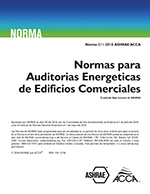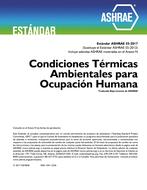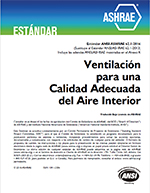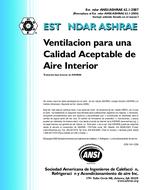Description
This paper is based on findings resulting from ASHRAE Research Project RP-1453.
Calculation of climatic design conditions and cooling and heating degree days using data from different decades for 1274 stations worldwide reveals long-term trends. Over the last three decades, climatic design conditions have increased at an average rate of 0.76°C/decade (1.37°F/decade) for the 99.6% heating dry bulb temperature, 0.38°C/decade (0.68°F/decade) for the 0.4% cooling design temperature, and 0.28°C/decade (0.50°F/decade) for the 0.4% dehumidification dew point temperature. Annual heating degree-days have decreased on average by 118°C-day/decade (212°F-day/decade) while annual cooling degree days have increased by 68°C-day/ decade (122°F-day/decade). These changes are indicative of a warming of the climate experienced by the monitoring stations. However, the magnitude of that warming indicates that it is probably less related to global warming than to the urban heat island effect; it is likely an indication of the built environment encroaching on locations where meteorological stations are situated, particularly airports. The paper also studies the appropriate period of record to use for the calculation of climatic design conditions and degree-days. The use of a 30-year period is recommended; the use of shorter periods of record encompassing only recent years, in order to better capture climatic trends, results in an added uncertainty that is greater than the observed climate trends themselves.
Units: Dual
Citation: ASHRAE Transactions, Vol. 116, pt. 1, Orlando 2010
Product Details
- Published:
- 2010
- Number of Pages:
- 14
- File Size:
- 1 file , 1000 KB
- Product Code(s):
- D-OR-10-048




